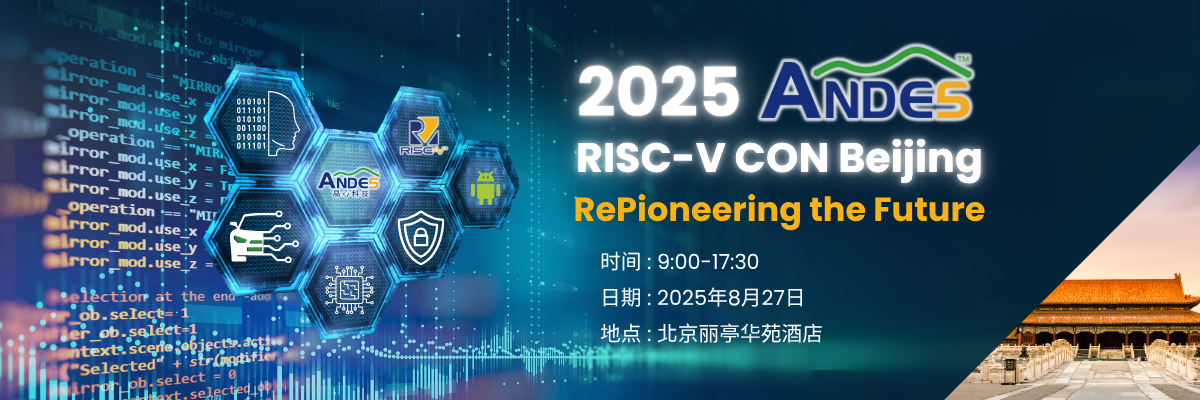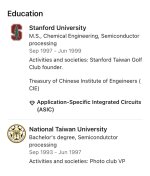Thought i would repost this very well written positive post by Curcumin from the crapper (he holds).
"
I know what it feels like to suffer, just as Brainchip investors and shareholders are suffering right now. And believe me, I truly feel for them.
I lived through something similar for many years with another company—Lynas Rare Earths—on the brink of bankruptcy in the early part of the last decade.
It’s enough to write a book about, trust me. From China’s price-dumping policies to political interference—again from China—in Malaysia’s politics to hinder operations at their plant in Kuantan, and Asian institutional investors taking short positions.
Fortunately, I had the chance to meet with some of them in Kuantan thanks to being a significant shareholder.
They were mortified when I looked them in the eye and asked why they were suppressing Lynas’s stock price when the fundamentals clearly pointed in another direction. They didn’t take long to close their positions. Short sellers get scared too, believe me.
Hust look at LYC.AX’s stock price today.
If you’re looking for good news, I’ll tell you this—though I may be wrong—from my humble perspective, the company is approaching a technical inflection point, possibly an upward and aggressive one.
We shareholders have well-founded complaints about management. But one thing is clear: the founders support their approach because they understand the timelines required for technology implementation and commercialization.
I’ll also tell you that the top 20 shareholders are not accurately reflected, and there are holders with more shares than reported. This happens because it hasn’t been disclosed to the company or the ASX and is operated through sub-custodians as foreign investors.
Another excellent piece of news is that short sellers are sitting right on the edge of a very solid support level and have more to lose than to gain. That’s a significant development—and some may need to sit down on the toilet to digest it.
Don’t rush if you believe in the technology, which has been validated by several partners, clients, and collaborators.
The stock price is what it is, but the day will come when things change.
I’ll also tell you that Palantir is well aware of Brainchip today, and we can’t rule out a potential acquisition.
I also wonder whether there’s manipulation at play—keeping the price low so that any improvement in a potential offer might satisfy the small investor. We’ll see how this unfolds.
There’s a record of trades. I’m not pointing fingers, but if there are fraudulent operations driven by conflicting interests—even from known and declared investors—that harm small shareholders, more than one company, including its executives, could face serious legal trouble if proven.
Don’t lose heart. Nothing lasts forever."
"
I know what it feels like to suffer, just as Brainchip investors and shareholders are suffering right now. And believe me, I truly feel for them.
I lived through something similar for many years with another company—Lynas Rare Earths—on the brink of bankruptcy in the early part of the last decade.
It’s enough to write a book about, trust me. From China’s price-dumping policies to political interference—again from China—in Malaysia’s politics to hinder operations at their plant in Kuantan, and Asian institutional investors taking short positions.
Fortunately, I had the chance to meet with some of them in Kuantan thanks to being a significant shareholder.
They were mortified when I looked them in the eye and asked why they were suppressing Lynas’s stock price when the fundamentals clearly pointed in another direction. They didn’t take long to close their positions. Short sellers get scared too, believe me.
Hust look at LYC.AX’s stock price today.
If you’re looking for good news, I’ll tell you this—though I may be wrong—from my humble perspective, the company is approaching a technical inflection point, possibly an upward and aggressive one.
We shareholders have well-founded complaints about management. But one thing is clear: the founders support their approach because they understand the timelines required for technology implementation and commercialization.
I’ll also tell you that the top 20 shareholders are not accurately reflected, and there are holders with more shares than reported. This happens because it hasn’t been disclosed to the company or the ASX and is operated through sub-custodians as foreign investors.
Another excellent piece of news is that short sellers are sitting right on the edge of a very solid support level and have more to lose than to gain. That’s a significant development—and some may need to sit down on the toilet to digest it.
Don’t rush if you believe in the technology, which has been validated by several partners, clients, and collaborators.
The stock price is what it is, but the day will come when things change.
I’ll also tell you that Palantir is well aware of Brainchip today, and we can’t rule out a potential acquisition.
I also wonder whether there’s manipulation at play—keeping the price low so that any improvement in a potential offer might satisfy the small investor. We’ll see how this unfolds.
There’s a record of trades. I’m not pointing fingers, but if there are fraudulent operations driven by conflicting interests—even from known and declared investors—that harm small shareholders, more than one company, including its executives, could face serious legal trouble if proven.
Don’t lose heart. Nothing lasts forever."


